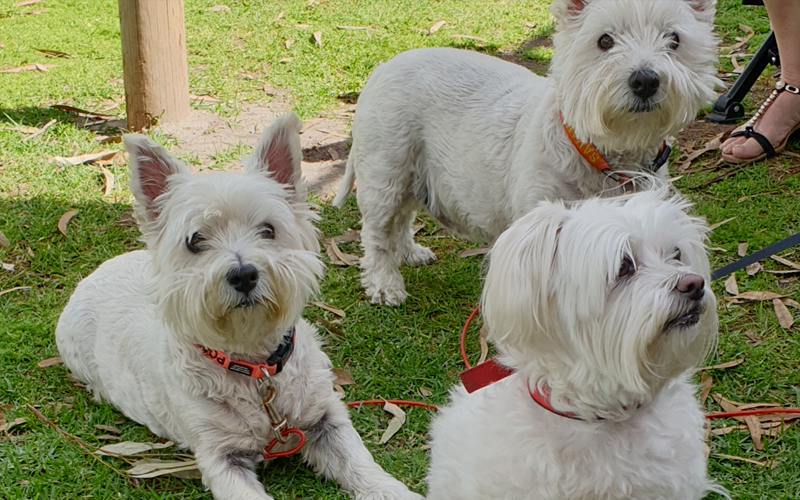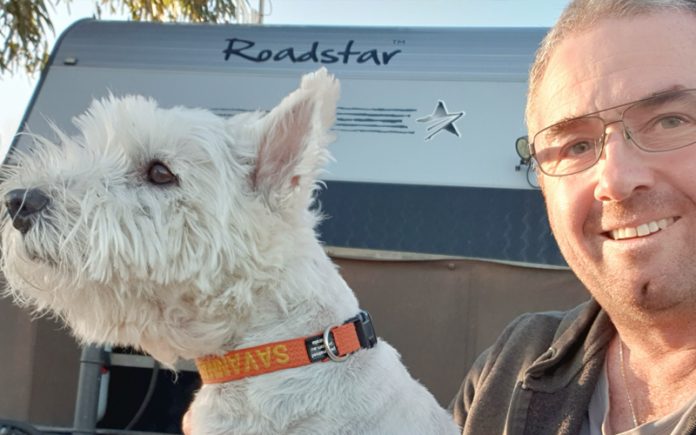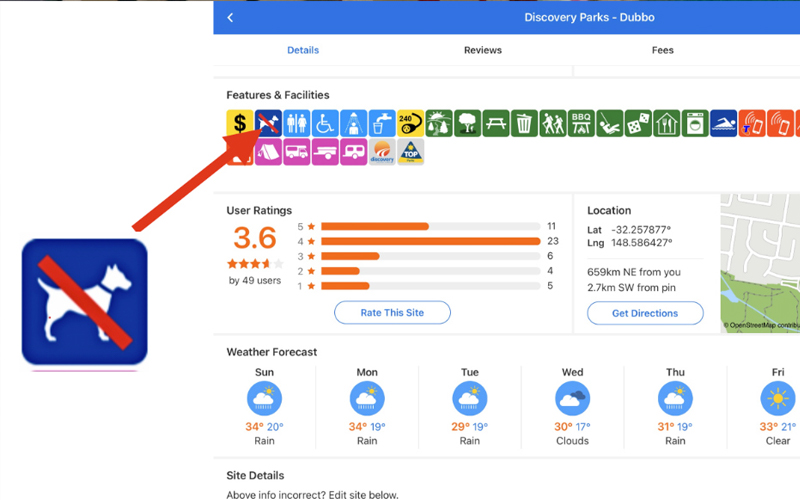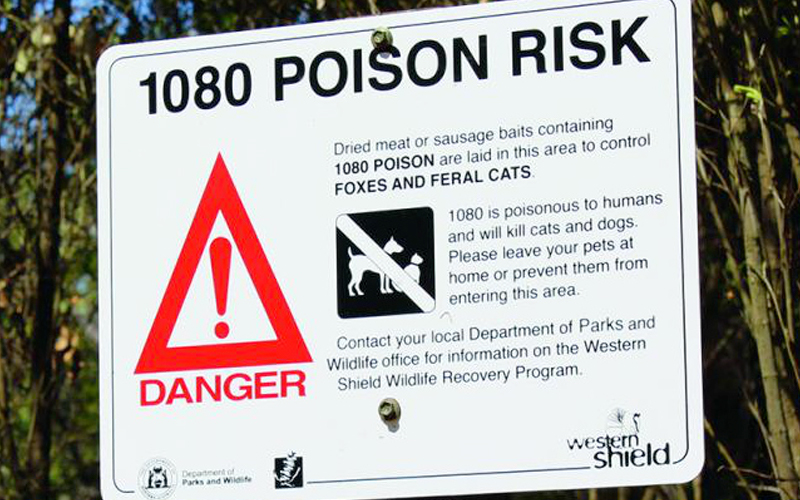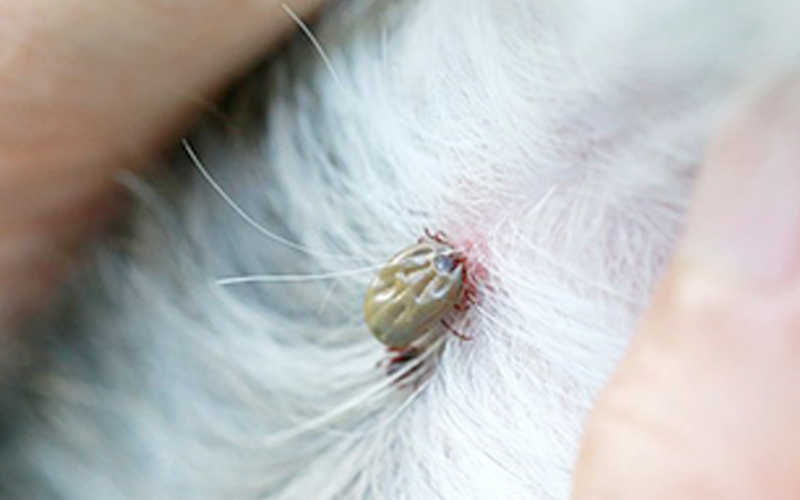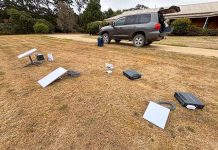Now that you’ve decided to take your dogs with on your next caravanning holiday, it’s time to look at how to make the trip safer and more enjoyable for yourself and your furry companions.
CHOOSING PLACES TO STAY
As much as we love our dogs, unfortunately not everyone shares those affections. You will have to come to terms with the fact that dogs are not welcome everywhere. Thankfully, this doesn’t have to be the big issue so many owners find it to be. A little bit of planning goes a long way.
By far the most useful tool we have is WikiCamps. It allows us to find dog-friendly accommodation instantly. That said, we never take this information as gospel as there have been times when the information in WikiCamps (and other similar apps) is incorrect or out of date. It always pays to phone ahead and confirm the pet friendly status of any caravan park you intent to visit.
When you phone, you might be asked a series of questions about your dog. What sort of breed is it, it’s age, it’s temperament? You may even be asked about its general behaviour. When answering these questions, be honest. Just because you have a small dog that barks a lot doesn’t necessarily mean you will not be allowed to stay. The manager may just place you at a site where your dog will not affect other tenants.
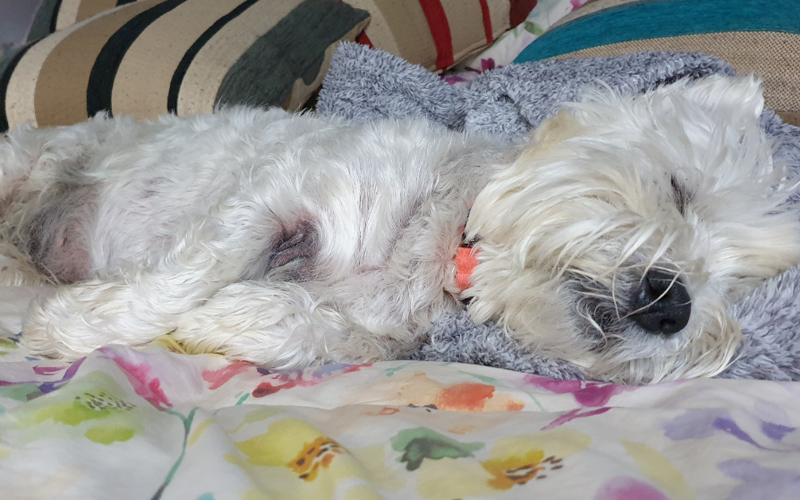
FOOD
When it comes to eating habits, dogs can be just as fussy as their human companions. We travel with West Highland white terriers, which have very specific dietary requirements. That means we have to ensure we have their food available where ever we go. Fortunately, the range of foods available from supermarkets and pet supply stores has improved immensely over the last few years.
If you’re travelling between major city and town areas, you may have no issue finding suitable food for your dogs. If you’re going into remote areas, it may be necessary to stock up on sufficient supplies. Again, a bit of planning can make life a lot easier.
WATER
When you’re at home, water is probably not at the top of your mind as far as your pets are concerned. You just fill up their bowl from a household tap in the knowledge that the water is clean and drinkable. The same can’t be said for all of Australia. Some towns use bore water for their supply. Others may be in a drought and the water quality may have dropped as a result. Some caravan parks have a mixture of town water and recycled water tapped to their sites.
These variations in water quality can have a dramatic effect on the health of your dog. Trust me when I tell you, this is not the sort of thing you want to experience. We strongly recommend you filter all the water you give to your dogs no matter where you are.
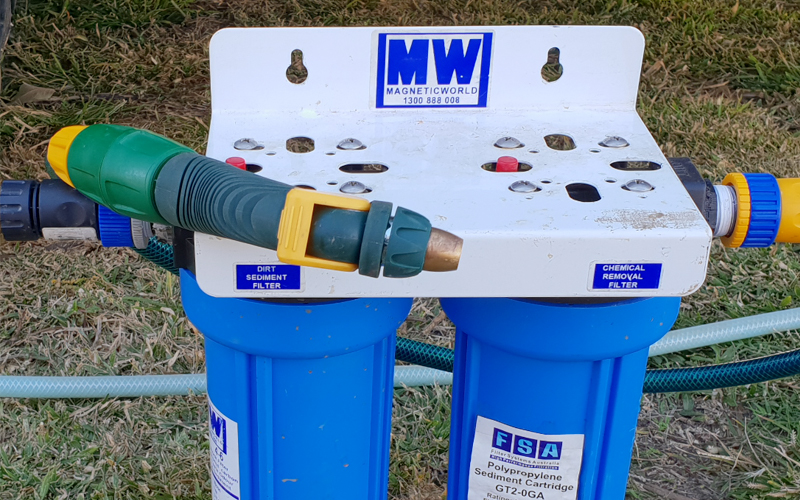
SHARE THE RESPONSIBILITY
No matter how well prepared you are for life on the road with your dogs, there are going to be times when you will want to do things that cannot involve them. Many caravan parks do not allow owners to leave their dogs unattended at their sites. It is these times when you will need someone else to look after your dog for you.
It pays to make friends with other dog owners and offer to share minding duties with them. We have found many fellow travellers who love their dogs as much as we do who are only too happy to look after our dogs while we go and do our own thing. Obviously, we offer to do the same thing for them.
Having said that, I wouldn’t necessarily trust the care of my dogs to just anyone. It pays to get to know people and observe how they treat their dogs to ensure they have the same or similar standards to yourself. I don’t want to suggest that people are cruel to their dogs, but their standards of care and attention may not be as high as your own.
A DANGEROUS COUNTRY
If you think Australia is a dangerous place for humans, I can assure you, it can be absolutely lethal for dogs. My wife and I have been travelling with our dogs for over 10 years and we are as careful and fastidious about their care as any owners you will ever meet. Even so, we lost one of our dogs to the hazards of this country and I can tell you this is not a situation you want to be faced with.
It is heartbreaking and it can ruin your travelling experience. I urge all of you considering taking your dogs with you to research the hazards of the areas you’re travelling to, take precautions against them and to be prepared to administer first aid to your dog should they be exposed to any of those hazards. Her are just a few of the dangers to look out for and the emergency first aid you will need to perform.
CANE TOADS
Cane toads became pests after being introduced into Australia to control the beetles in Queensland’s sugarcane crops. They are capable of poisoning predators that try to eat them, including dogs. They contain poisons that act on the heart and on the central nervous system. The poison is absorbed through soft body tissues such as those of the eyes, mouth and nose.
Once ingested, the poison will cause a dog to have seizures and die slowly over several hours. This is how we lost one of our dogs and it was horrible for her to die this way. Even five hours of intense treatment at the vet couldn’t save her. There is no antivenene for cane toad poisoning. The only effective first aid treatment is to flush out the dog’s mouth with running water immediately after poisoning occurs. If the dose is light, this may save the dog.
Immediate treatment by a vet using an anti-convulsive medication can also help. Larger dogs are less vulnerable to cane toad poison and have a better chance of recovery than smaller breeds.
Cane toads are found all over northern Australia and have been found as far south as Canberra in recent years. Their distribution is seasonal so it pays to keep up to date with any news of cane toad distribution. Asking locals about the cane toad situation in their area is one of your best sources of information.
1080 BAIT
Australia is one of only a handful of countries that use 1080 bait as a means of controlling feral animals. It is widely used in Australia because it is thought to be less harmful to marsupials, although this is debatable. It is absolutely lethal and there is no effective treatment for any animal that has ingested 1080 bait.
1080 bait is usually dropped from aeroplanes to ensure a wide area of dispersal. Areas that have been baited are usually signposted to indicate the presence of 1080. Unfortunately, that doesn’t mean the bait will be contained within these areas. Birds have a habit of picking up the baits and dropping them many kilometres outside the baited area and many dog owners have been caught out by this.
No matter where you are, even in the relatively safe confines of a caravan park, if you are in any rural areas of this country, you must assume 1080 bait is lurking nearby. In dogs, the signs of 1080 poisoning are usually noticed within half an hour of ingestion but can take more than six hours to show up. First symptoms include vomiting, anxiety, disorientation and shaking. These quickly develop into frenzied behaviour, drooling at the mouth, seizures, and finally total collapse and death.
If you suspect your dog has eaten a 1080 bait, you can try to induce vomiting and get it to a vet immediately but, tragically, in most cases, there is little hope of the dog’s survival. The best thing to do is to keep your dog on a short leash and to not let them eat anything off the ground. In baited areas, you have to watch them like a hawk as their lives will literally depend upon it.
PARALYSIS TICKS
The paralysis tick can be found along the east coast of Australia, from north Queensland all the way down to Victoria. While they’re very small, they are in fact one of the most dangerous parasites affecting dogs and other pets. They can cause severe illness and often death. According to the RSPCA, the prevalence of ticks increases during ‘tick season’, usually October to March.
Mild winters and lots of rain at the start of spring and summer contribute to the rise in tick populations. Ticks normally attach themselves to native animals, so if you travel through bushland areas, chances are ticks will be prevalent.
The first sign that your dog has a tick is likely to be paralysis of its hind legs. Other symptoms include an unsteadiness, a dry cough, or a change in the dog’s bark. If you notice any of these symptoms in your dog, get it to a vet immediately. You can reduce the risk of paralysis ticks by ensuring your dog has a regular tick and flea treatment. You should also do daily checks of your dog’s skin by feeling all over for small lumps. Be sure to check under any collars, between the paws and around the mouth.
If you do find a tick on your dog, you must remove it immediately and get the dog to a vet. We keep a set of tick tweezers in our dogs’ first aid kit for such purposes. There are plenty of videos on YouTube showing how to correctly remove a tick from your dog.
CANINE EHRLICHIOSIS
This is a disease that is transmitted through the bite of the ‘brown dog tick’. This parasite was recently discovered in north Western Australia in May 2020 and has become widespread in warm and humid areas of our continent. It’s been detected as far south as South Australia. The bite and resulting illness are potentially fatal for dogs.
Signs of the disease include fever, loss of appetite, lethargy and bleeding. Severe and rapid weight loss, swollen limbs, blindness and difficulty in breathing are also prevalent in some infected dogs. Fortunately, the disease is easily treated with antibiotics and most tick preventatives are effective against brown dog ticks.
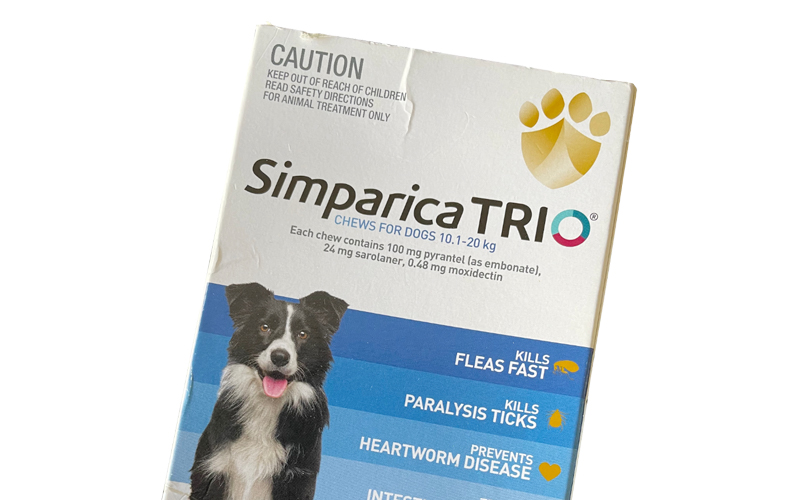
RESPONSIBLE DOG OWNERSHIP
It doesn’t matter how much you love your dogs or those of other travellers, the fact is most people don’t have dogs and many are not fond of them. As a result, dogs are simply not welcome at many caravan parks and, where they are welcome, owners are usually put at the very back of the park, away from non-dog owning patrons.
A lot of this bias is a result of the behaviour of irresponsible dog owners. Many simply ignore the rules and are completely inconsiderate of others around them. If you intend to take your dog with you on your travels, it is imperative that you are a responsible dog owner and stick to a few basic rules:
• Always advise a caravan park that you have a dog or dogs with you when booking a site. Even if the park is dog-friendly, let them know so they can ask you a few questions and ensure you are placed within the park appropriately;
• Always keep your dog restrained. Never let them run around off the lead. You may think your dog is friendly but others may not. Further, many small dogs are intimidated by larger dogs that approach them without notice. If your dog does get away from you, and trust me this will happen, go after the dog immediately. An apology also goes a long way to avoiding being reported to the park manager;
• Always pick up after your dog. It is amazing that when many caravan parks actually provide dog-poo bags that some owners simply ignore this rule. Even if your dog is in a dedicated dog enclosure, pick up after it. If you’re walking your dog around a caravan park, try not to allow it to do its business near another site; and
• Always obey any rules set down by the caravan park. If you’re not prepared to obey these rules, you must move on or risk being asked to leave by the park manager.
Remember your behaviour reflects on all other dog owners.
